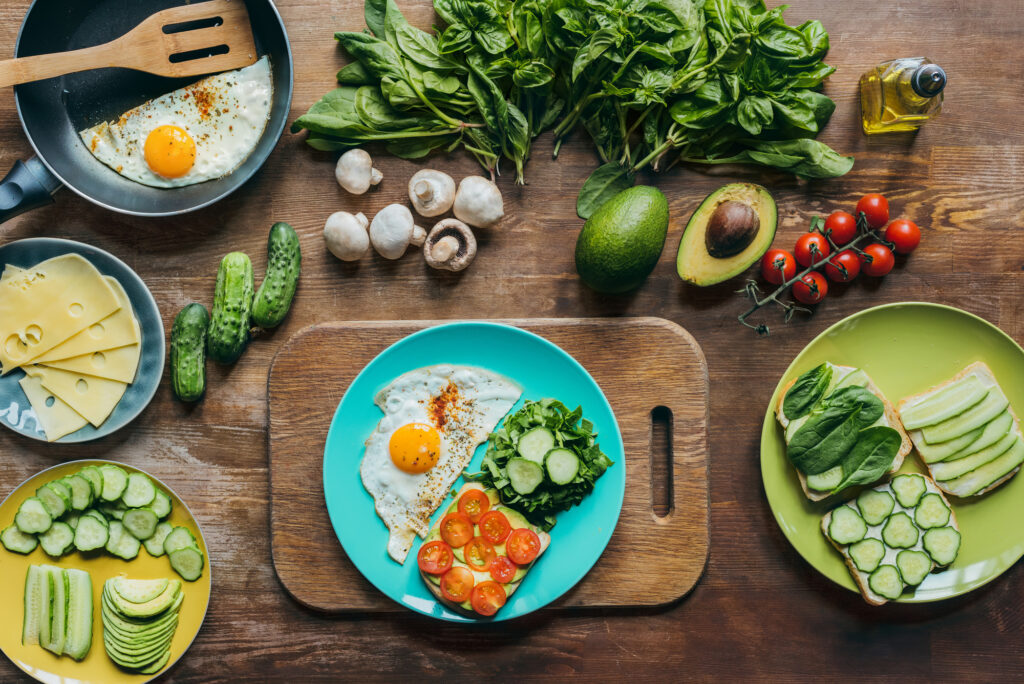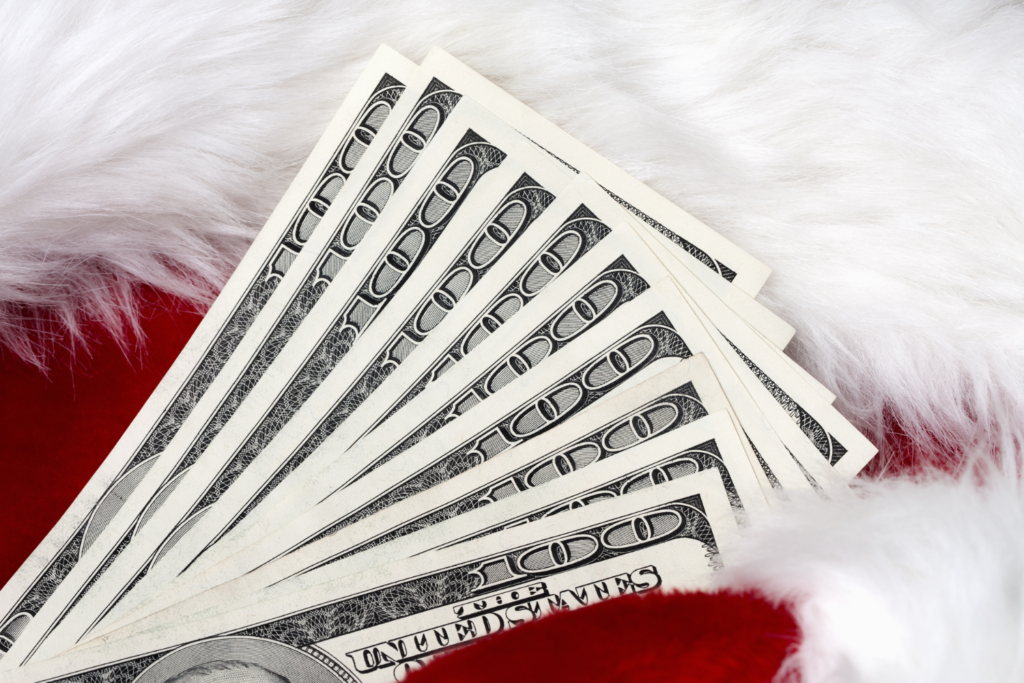
In an era where the quest for health and sustainability is more prominent than ever, “clean eating” has emerged as a mantra for those looking to nourish their bodies with whole, minimally processed foods. However, a common misconception is that adopting a clean eating lifestyle necessitates a hefty grocery bill. This article aims to debunk that myth, illustrating how to save money on clean food.
Contents
What is Clean Eating?
Clean eating is about choosing foods that are as close to their natural state as possible. This means plenty of fruits, vegetables, whole grains, lean proteins, and healthy fats, while reducing the intake of processed foods, additives, preservatives, and sugars. Not only is this approach beneficial for your physical and mental health, but it also supports the environment by favoring sustainable farming practices.
Examples of Clean Food
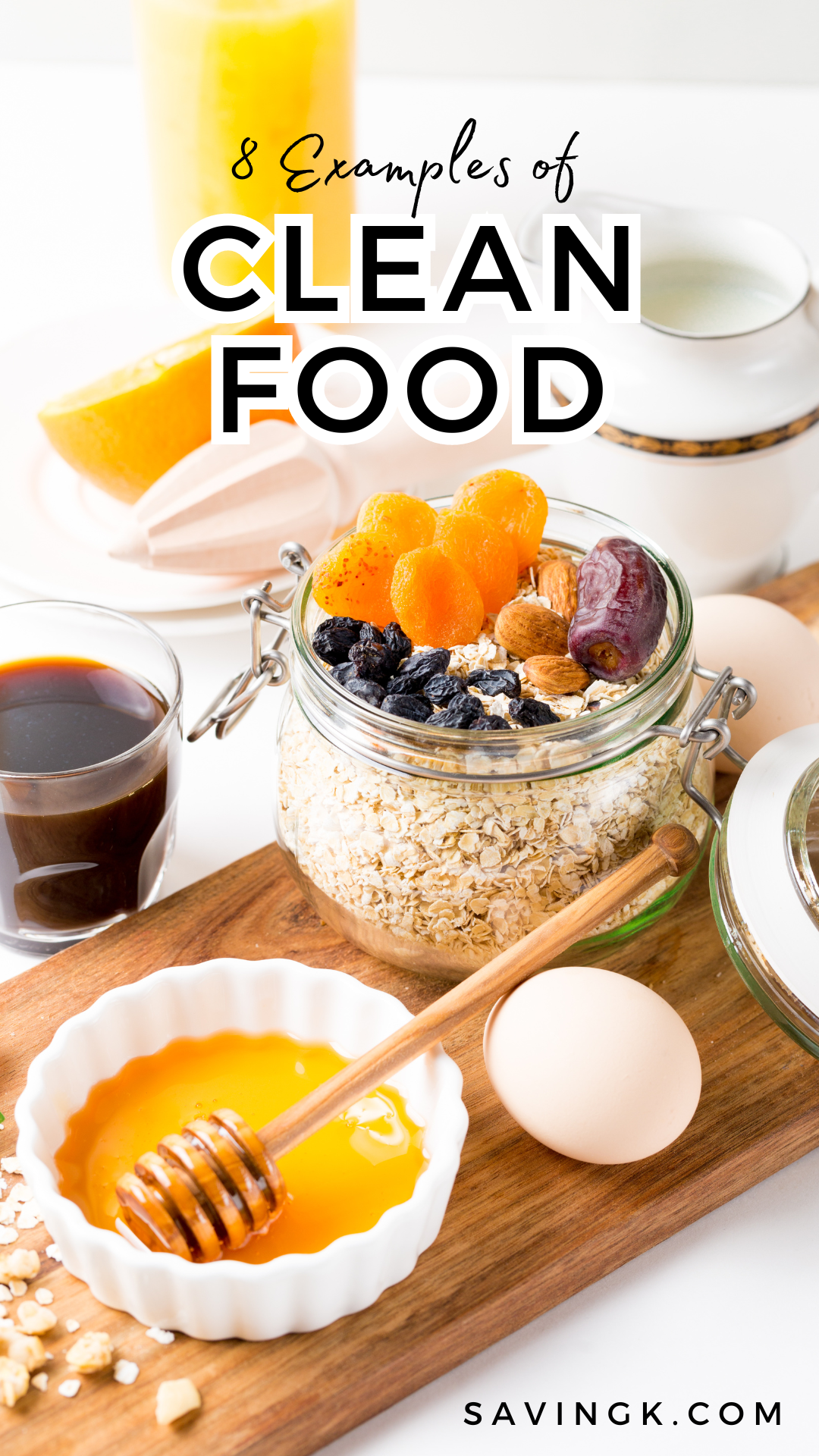
Examples of clean foods, which emphasize whole and minimally processed ingredients, include:
- Fruits: Apples, berries, oranges, bananas, grapes
- Vegetables: Kale, spinach, carrots, broccoli, bell peppers
- Whole Grains: Quinoa, brown rice, oats, whole wheat, barley
- Lean Proteins: Chicken breast, turkey, fish, tofu, legumes
- Nuts and Seeds: Almonds, walnuts, chia seeds, flaxseeds
- Healthy Fats: Avocado, olive oil, coconut oil, nuts
- Dairy: Plain Greek yogurt, unsweetened almond milk, cottage cheese
- Herbs and Spices: Basil, turmeric, garlic, ginger, cinnamon
These foods are foundational to a clean eating approach, providing essential nutrients without the added sugars, unhealthy fats, and chemicals found in processed foods.
Benefits of Clean Eating
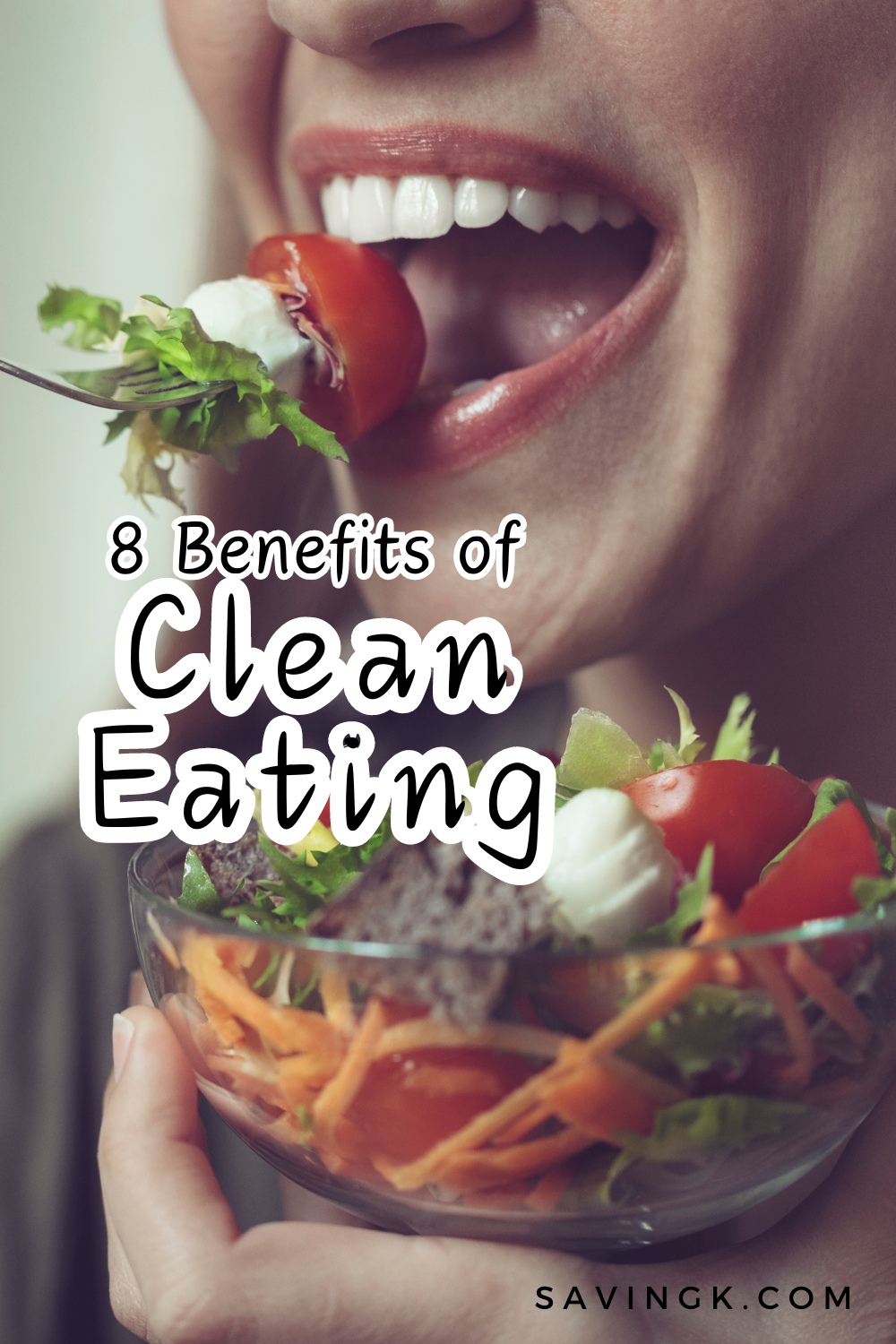
Clean eating offers numerous benefits for both physical and mental health, including:
- Improved Nutrient Intake: Focusing on whole foods increases your intake of essential nutrients, vitamins, and minerals necessary for overall health.
- Weight Management: By reducing processed foods and added sugars, clean eating can help in maintaining a healthy weight or losing excess weight more effectively.
- Enhanced Digestive Health: High intake of fiber from fruits, vegetables, and whole grains supports healthy digestion and can prevent constipation.
- Reduced Disease Risk: Clean eating can lower the risk of chronic diseases such as heart disease, diabetes, and certain cancers, thanks to a diet high in antioxidants and low in unhealthy fats and sugars.
- Increased Energy Levels: Whole foods provide steady energy, avoiding the spikes and crashes often caused by sugary and processed foods.
- Better Mental Health: Some studies suggest that a diet rich in nutrients can improve mood and reduce the risk of mental health disorders.
- Improved Skin Health: Nutrient-dense foods can promote healthier skin and may reduce the appearance of acne, inflammation, and aging signs.
- Sustainability: Choosing whole foods, especially plant-based options, can have a lower environmental impact than consuming highly processed foods.
Embracing clean eating involves mindful food choices that can lead to long-term health benefits and a sustainable lifestyle.
5 Ways To Save Money On Clean Food
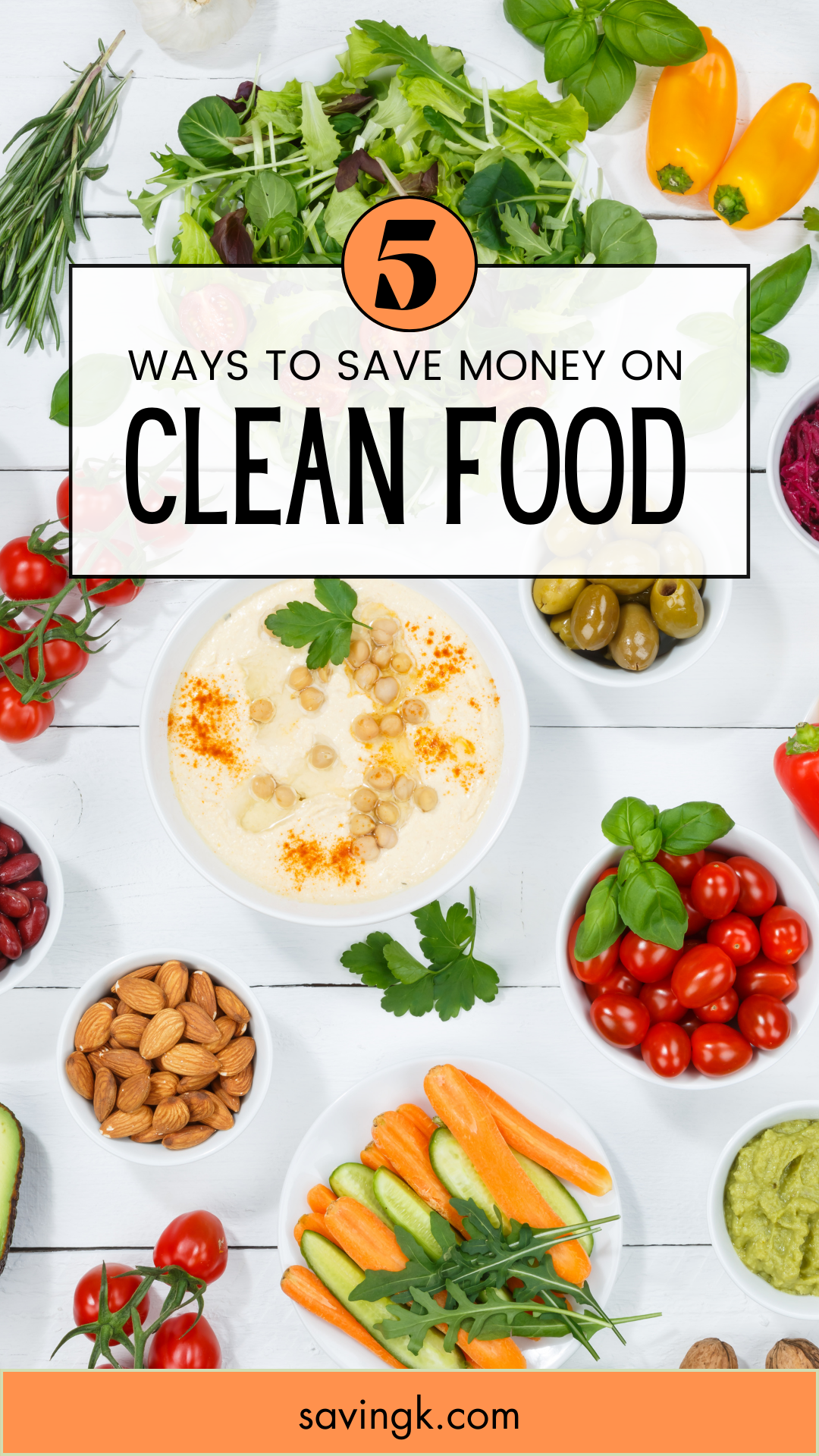
The initial glance at the price tags in the organic aisle might deter some, but clean eating doesn’t have to be synonymous with organic shopping. The key to marrying clean eating with financial savvy lies in strategic planning, smart shopping, and a bit of creativity. Here’s how:
1. Plan and Prioritize
Start with planning your meals around seasonal produce and sales. Seasonal fruits and vegetables are not only cheaper but also at their peak flavor and nutritional value.
Prioritizing your organic purchases can also help. The Environmental Working Group’s “Dirty Dozen” and “Clean Fifteen” lists identify which crops are most and least contaminated with pesticides, helping you decide where to invest in organic.
2. Whole Foods over Processed Options
Whole foods are generally less expensive than their processed counterparts. A bag of brown rice, for example, will yield more servings and nutritional value for your dollar than a box of flavored rice mixes. By focusing on whole ingredients, you also avoid the health costs associated with diets high in processed foods, potentially saving on future medical bills.
3. Buy in Bulk
Bulk buying at such places such as Costco can lead to significant savings, especially for staples like grains, nuts, and legumes. These items have a long shelf life and form the base of many clean eating recipes. Purchasing in bulk not only reduces the cost per serving but also minimizes packaging waste.
If you’re lucky enough to live near a Costco liquidation salvage store, you may even be able to get bulk groceries for less (but we sure to look at the expiration dates).
4. Embrace Home Cooking
Cooking at home gives you full control over what goes into your food, allowing you to make healthier choices while also being kinder to your wallet. Preparing meals in batches can save time and ensure you always have clean eating options on hand, reducing the temptation to order takeout.
5. Grow Your Own
Even if you don’t have a garden, many herbs and some vegetables can be grown in small spaces or containers. This not only cuts costs but also guarantees a fresh supply of organic produce right at your doorstep. Request free seed catalogs here.
Clean Eating FAQs
Here are some frequently asked questions about clean eating and clean food.
Can you lose weight by clean eating?
Yes, clean eating can lead to weight loss by prioritizing whole, unprocessed foods, which reduces calorie intake and increases nutrient density. This approach, coupled with mindful eating, can create a calorie deficit necessary for weight loss, though individual results may vary.
What is the 14 day clean eating challenge?
The 14-Day Clean Eating Challenge is a short-term program aimed at improving eating habits by focusing on whole, unprocessed foods and eliminating added sugars and processed items. It encourages cooking at home, meal planning, and mindful eating with the goal of promoting healthier living habits and potentially initiating weight loss.
Are eggs clean eating?
Yes, eggs (and some egg substitutes) are considered part of a clean eating diet. They are a natural, whole food that provides a high-quality source of protein, along with essential nutrients like vitamins D, B12, selenium, and choline. Eating eggs in their most natural state, meaning boiled, poached, or scrambled without excessive oil or butter, aligns with the principles of clean eating, which emphasizes minimally processed foods.
Can you eat pasta on clean eating?
Yes, you can include pasta in a clean eating diet, but the type of pasta and what you serve it with matters. Opt for whole grain, whole wheat, or pasta made from alternative grains like quinoa, chickpeas, or lentils, which are less processed and contain more fiber and nutrients than traditional white pasta. Serve it with plenty of vegetables, lean proteins, and a sauce made from whole ingredients to keep your meal aligned with clean eating principles. Avoid heavily processed sauces and toppings that contain added sugars, preservatives, or unhealthy fats.
Can you eat potatoes on clean eating?
Yes, potatoes are considered part of a clean eating diet. They are a whole, natural food rich in nutrients like vitamin C, potassium, and fiber, especially when eaten with their skin. Opting for baking, boiling, or roasting rather than deep-frying aligns better with clean eating principles, emphasizing minimal processing and healthy preparation methods.
Are protein bars clean eating?
Protein bars can be considered clean eating if they contain whole, minimally processed ingredients and are low in added sugars and unhealthy fats. It’s important to read labels carefully to choose options that align with clean eating principles. You can find clean eating protein bars on Amazon.
Is cheese a clean food?
Cheese, one of the original food slang words for money, can be considered a part of a clean eating diet if it is natural and minimally processed. Opt for cheeses that are closer to their natural state, such as fresh mozzarella, feta, cottage cheese, or aged varieties like Parmesan, avoiding highly processed cheese products that contain artificial ingredients or preservatives. The key is moderation and choosing quality over quantity to align with the principles of clean eating.
The Bigger Picture
Investing in clean eating is an investment in your health. By reducing the consumption of processed foods and increasing your intake of whole foods, you’re likely to experience improved health outcomes, which can translate into lower healthcare costs in the long run. Moreover, the principles of clean eating encourage a more mindful approach to consumption, which can extend to making more thoughtful financial decisions in other areas of life.
In conclusion, clean eating and financial health are not mutually exclusive. With some planning, knowledge, and creativity, it’s entirely possible to enjoy a diet that’s both nutritionally rich and economically sensible. This approach not only benefits your wallet and your wellbeing but also contributes to a more sustainable and ethical food system.
